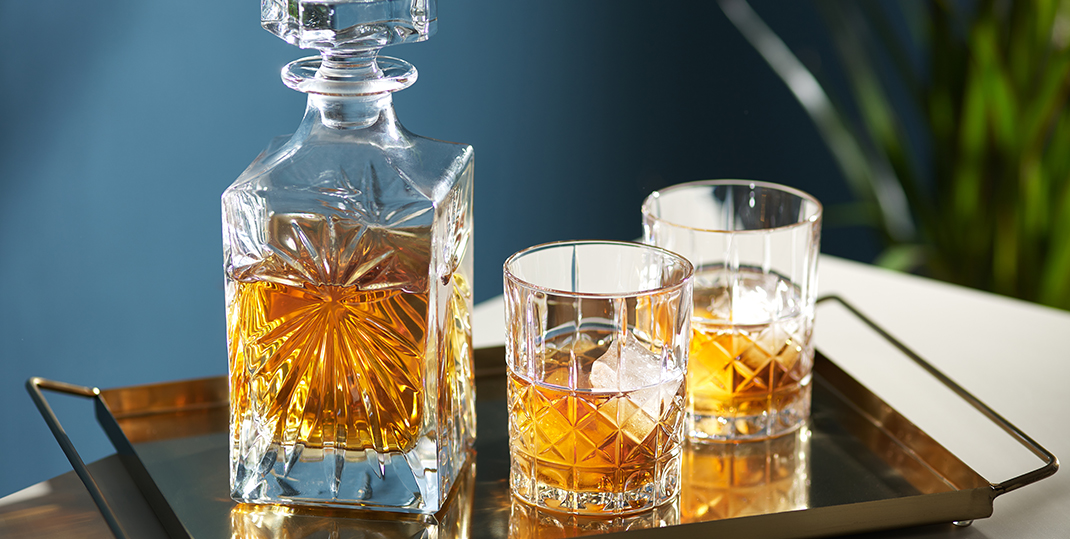
The Rise of Japanese Whisky
Discover what whisky experts have known for years: Japanese single malts and blends meet the gold standard.
The world is finally waking up to the wonder of Japanese whisky. But experts have recognized Japan for its quality spirits for more than 15 years. The country’s fine whiskies first garnered kudos back in 2003, when Suntory’s Yamazaki 12 Year Old won gold at the International Spirits Challenge. Jaws dropped again when Japan took home the same award the following year for Hibiki 30 Year Old, then followed up with wins in the top single malt and blended categories at the World Whisky Awards in 2008. Six years later, whisky guru Jim Murray crowned Yamazaki Single Malt Sherry Cask 2013 his pick for World’s Best, and it was clear: Japanese whisky had arrived.
Scottish Roots
The story of Japanese whisky can be traced back to one man: Masataka Taketsuru, renowned as the “Father of Japanese Whisky.” Determined to learn the art of distilling Western spirits, he relocated to Scotland in 1918 to pursue an education in organic chemistry. His fascination with whisky production — and, ultimately, his hands-on experience — led him to learn the craft of whisky making at a number of Scottish distilleries.
Whisky Pioneers
After he returned to Japan, Taketsuru helped develop the company that would become Suntory — a modern-day powerhouse in the spirits industry. Later, he started his own company, Nikka, which became Suntory’s main rival. While both distilleries continue to dominate the Japanese whisky industry, others have gained a foothold in the growing market.
Tasting Notes
When it comes to flavour, a Scottish influence prevails in Japanese whiskies. Some Japanese distilleries use malted barley and peat imported from Scotland to create styles that evoke its famed spirits. The Japanese versions tend to be delicate and complex, with a honeyed sweetness, while their peated releases show off a light smokiness. As a result, some enthusiasts consider Japanese whiskies similar in character to Scotch whiskies from Speyside and the Lowlands. Like whiskies from Scotland, Japan’s single malts are best enjoyed neat or on ice.
Ready to experience Japanese whisky? Start here.